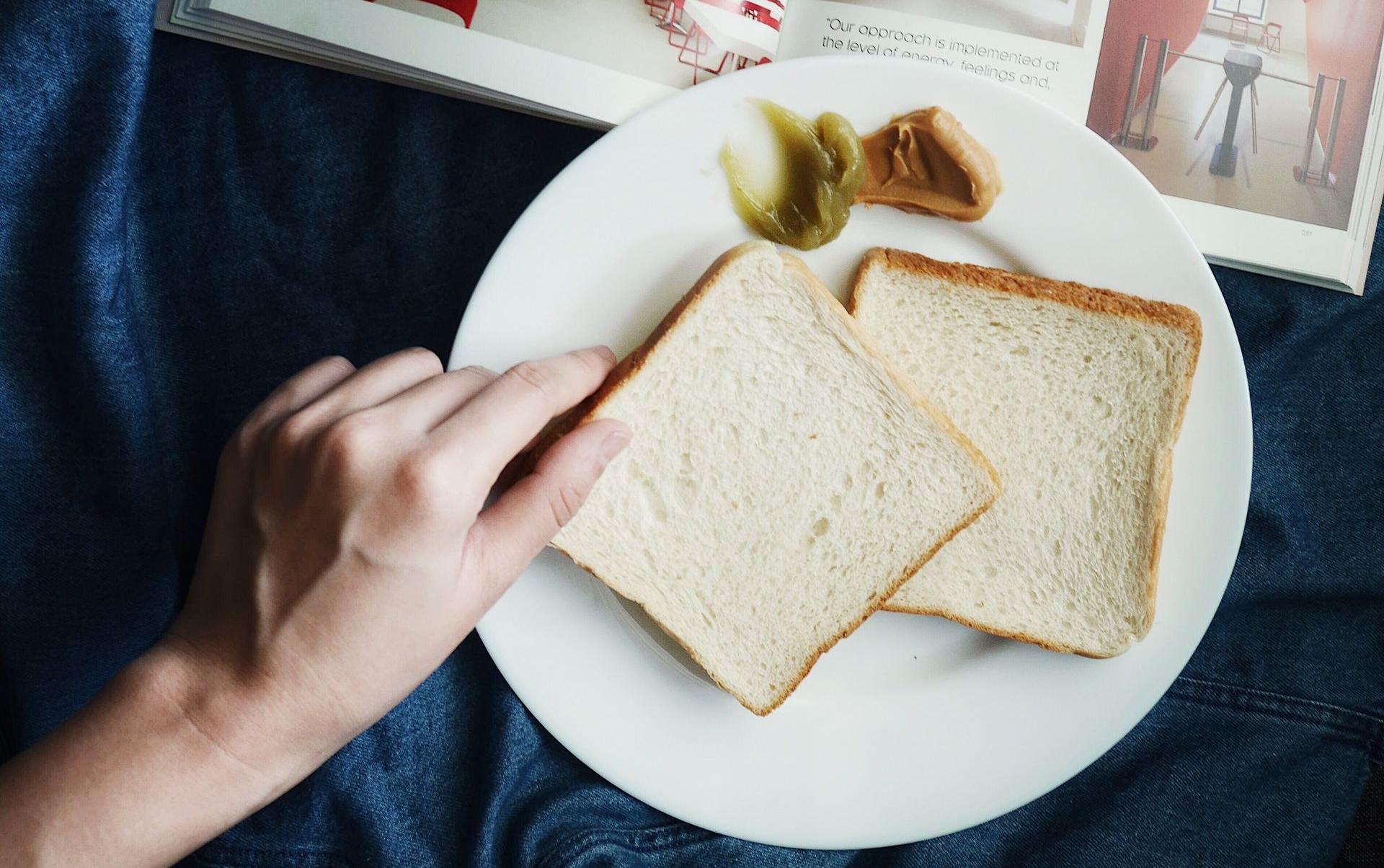Glycemic Index Food List
The Glycemic Index (GI) is a valuable tool for managing blood sugar levels and making informed dietary choices.
It categorizes foods based on how quickly they raise blood sugar levels after consumption. In this article, we will provide a comprehensive Glycemic Index food list, dividing it into low GI, medium GI, and high GI foods.
Additionally, we will group these foods by type, such as grains and starches, breads, cereals, and more, and offer alternatives to high-GI options in a helpful table.

Understanding the Glycemic Index
The Glycemic Index ranges from 0 to 100, with pure glucose at 100 as the reference point.
Foods with a high GI are rapidly digested and cause quick spikes in blood sugar, while low-GI foods are digested more slowly, leading to gradual increases in blood sugar levels. Low Glycemic Index (0-55), Moderate Glycemic Index (56-69) e High Glycemic Index (70+).
Learn more about Glycemic Index in our article Glycemic Index and Its Importance in Avoiding Sugar Spikes.
High Glycemic Foods to Avoid
High glycemic foods should be consumed in moderation, especially by individuals concerned about blood sugar control.
These foods can lead to rapid spikes in blood sugar levels, potentially causing energy crashes and other health issues.
High-GI foods to avoid include white bread, sugary cereals, white rice, pretzels, and rice cakes.

Low Glycemic Foods
Low glycemic foods are characterized by their slow and steady impact on blood sugar levels. These foods are ideal for maintaining stable energy and supporting overall health.
Low-GI foods include fruits like apples, pears, and berries, as well as vegetables such as broccoli, sweet potatoes, and leafy greens. Whole grains like quinoa and barley also fall into the low-GI category.

For more resources How to Adopt a Low Glycemic Index Diet Click Here
Foods with the Highest Glycemic Index
Some foods have extremely high GI values, leading to rapid and significant blood sugar spikes. For example, pure glucose has a GI of 100.
Other high-GI foods include white bread, watermelon, and baked potatoes. It's essential to be mindful of these foods if you're aiming to control your blood sugar levels.
Low Glycemic Index Diets
Looking to manage blood sugar and shed those extra pounds?
By focusing on low glycemic index foods, these diets aim to stabilize blood sugar and support weight loss. Consider incorporating these effective and balanced approaches into your lifestyle for a healthier you.
Embrace the power of low glycemic diets like the Ketogenic and Smoothie diets. These options provide a structured approach to organizing foods based on their impact on blood sugar levels.
Explore specially crafted meal plans designed to make these diets a seamless part of your journey to optimal health and well-being:
- If you are interested in having a personalized plan and specific support for implementing your Ketogenic diet click here "Get Your Custom Keto Plan Now".
- If you are interested in having a personalized plan and specific support for implementing your Smoothie diet click here "Get Your Custom Smoothie Plan Now".
Summary Table: Glycemic Index and Food Categories
Here's a summary table that categorizes foods by their Glycemic Index and food group:
| Food Group | Low GI (0-55) | Moderate GI (56-69) | High GI (70+) |
|---|---|---|---|
| Vegetables | Asparagus | Pumpkin | - Watermelon |
 | Cabbage | Parsnip | Dates |
| Mushrooms | |||
| Tomatoes | |||
| Cauliflower | |||
| Broccoli | |||
| Eggplant | |||
| Raw carrots | |||
| Lettuce | |||
| Green beans | |||
| Peppers | |||
| Onions | |||
| Beetroot | |||
| Fruits: | Cherries | Bananas | Bananas |
 | Plums | Raisins | |
| - Grapefruit | Papaya | ||
| Peaches | Figs | ||
| Apple | Pineapple | ||
| Pears | |||
| Dried Apricots | |||
| Grapes | |||
| Coconut | |||
| Kiwi | |||
| Orange | |||
| Strawberries | |||
| Prunes | |||
| Mango | |||
| Dairy | Whole milk | Skim milk | Soy milk |
 | Chocolate milk | Ice cream | |
| Beans/Legumes | Kidney beans | ||
 | Butter beans | ||
| Chickpeas | |||
| Navy beans | |||
| Red & green lentils | |||
| Pinto beans | |||
| Black-eyed peas | |||
| Split peas | |||
| Starches | Spelt Bread | Flaxseed bread | White bread |
 | Sourdough Bread | Pita bread | Whole wheat bread |
| Whole-grain tortilla | Pumpernickel Bread | Naan bread | |
| All-bran cereal | Roti | Corn flakes | |
| Steel-cut oats | Pumpernickel Bread | Cream of wheat | |
| Barley | Instant/quick-cooking oats | Rice Krispies | |
| Bulgur | Basmati Rice | Special K | |
| Pasta (Al Dente) | Brown Rice | Jasmine rice | |
| Quinoa | Cornmeal | Sticky rice | |
| Peas | Couscous | White rice | |
| Popcorn | Rice Noodles | Carrots | |
| Sweet Potato | White rice | Potato | |
| Squash | Wild rice | Pretzels | |
| Oatmeal | Rice cakes | ||
| Soda Crackers |
High-GI foods should be consumed sparingly, especially for individuals looking to manage blood sugar levels.
For more resources How to Adopt a Low Glycemic Index Diet Click Here
Alternatives to High GI Foods
Here's a table of alternatives to high-GI foods:
High GI Food | Low GI Alternative |
- Bread (White, Whole Wheat) | Whole-grain bread |
- Naan (White, Whole Wheat) | Brown Rice |
- All-Bran Flakes™ Cereal | Bran cereal |
- Corn Flakes™ Cereal | Rolled oats |
- Cream of Wheat™ (Instant) | Oatmeal with nuts |
- Puffed Wheat Cereal | Dark chocolate (70%+) |
- Rice Krispies™ Cereal | |
- Special K™ Cereal | |
- Jasmine Rice | |
Millet | |
- Sticky Rice | |
- White Rice (Instant) | |
Carrots | |
- Potato (Instant Mashed) | |
- Potato (Red, White, Hot) | |
Pretzels | |
- Rice Cakes |
These substitutions can help you maintain stable blood sugar levels and support your overall health.
Make sure to incorporate low-GI and medium-GI foods into your diet, especially if you are concerned about blood sugar control. The Glycemic Index is a valuable tool that can help you achieve better health and well-being.
For more resources how to adopt a low glycemic index diet see the following topics:
Low glycemic index diets like the Ketogenic and Smoothie diets provide a structured approach to organizing foods based on their impact on blood sugar levels.
- Ketogenic Diet - Low Glycemic Index Diet
- Ketogenic Diet for Beginners: Your Step-by-Step Guide
- If you are interested in having a personalized plan and specific support for implementing your Ketogenic diet click here "Get Your Custom Keto Plan Now".
- ketogenic Diet for Weight Loss?
- Smoothie Diet - Low Glycemic Index Diet
- If you are interested in having a personalized plan and specific support for implementing your Smoothie diet click here "Get Your Custom Plan Now".
- Smoothie Diet for Weight Loss?
- Low-Carb Diet - Low Glycemic Index Diet
For more tips on nutrition and health, keep exploring low glycemic index recipes!
If you are interested in Diabetes Low Glycemic Index Dinner Recipes Download This Free Ebook.